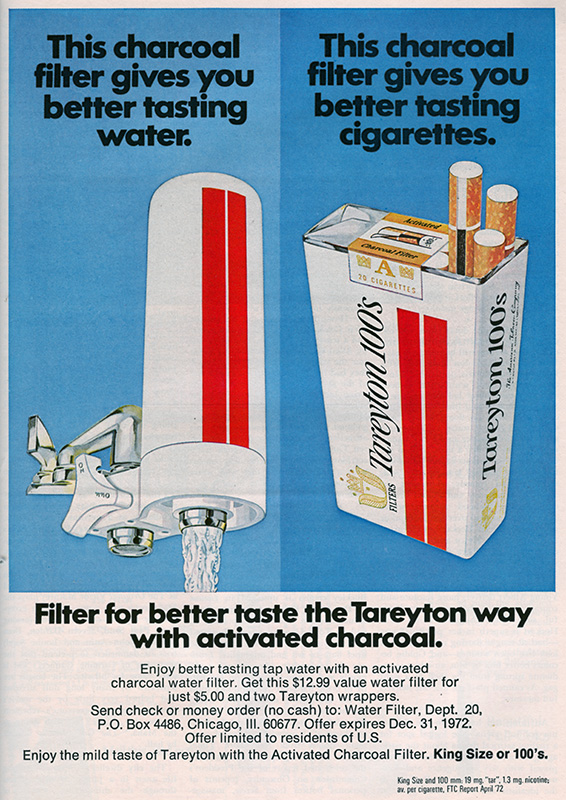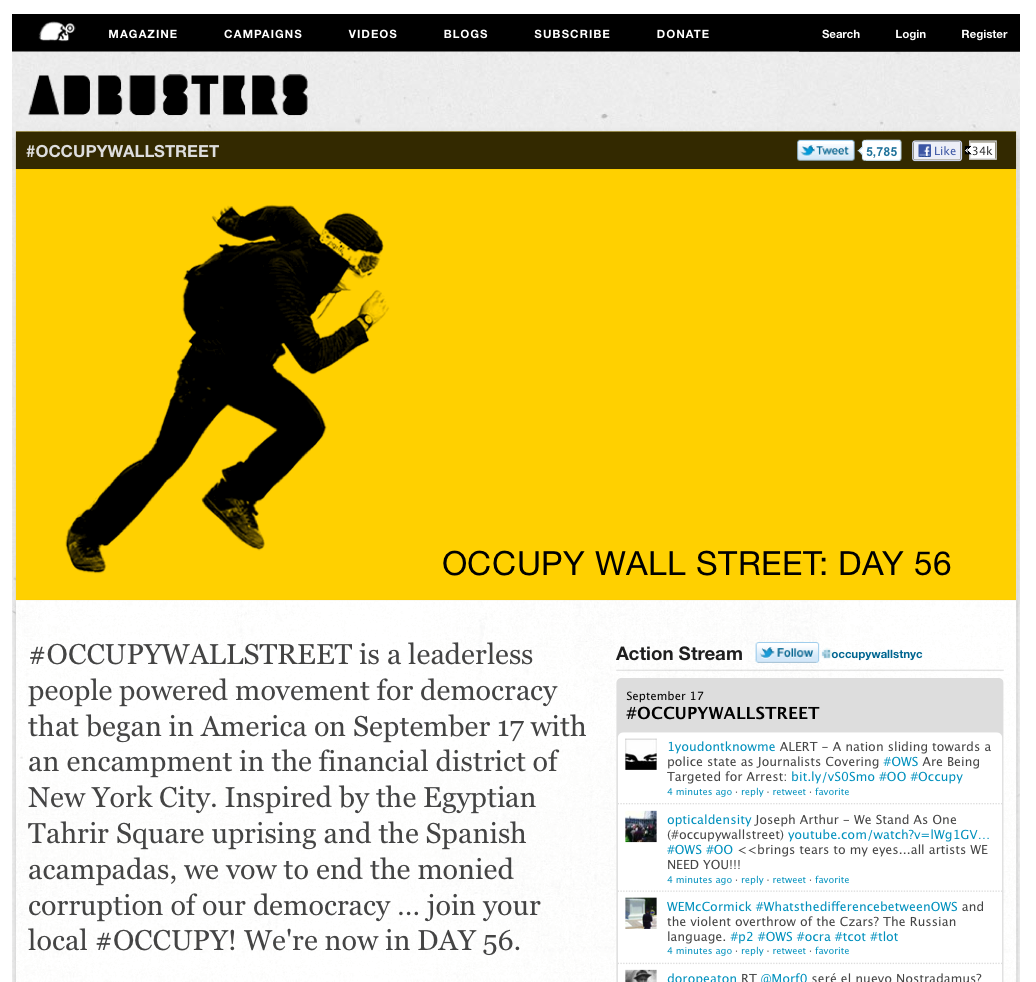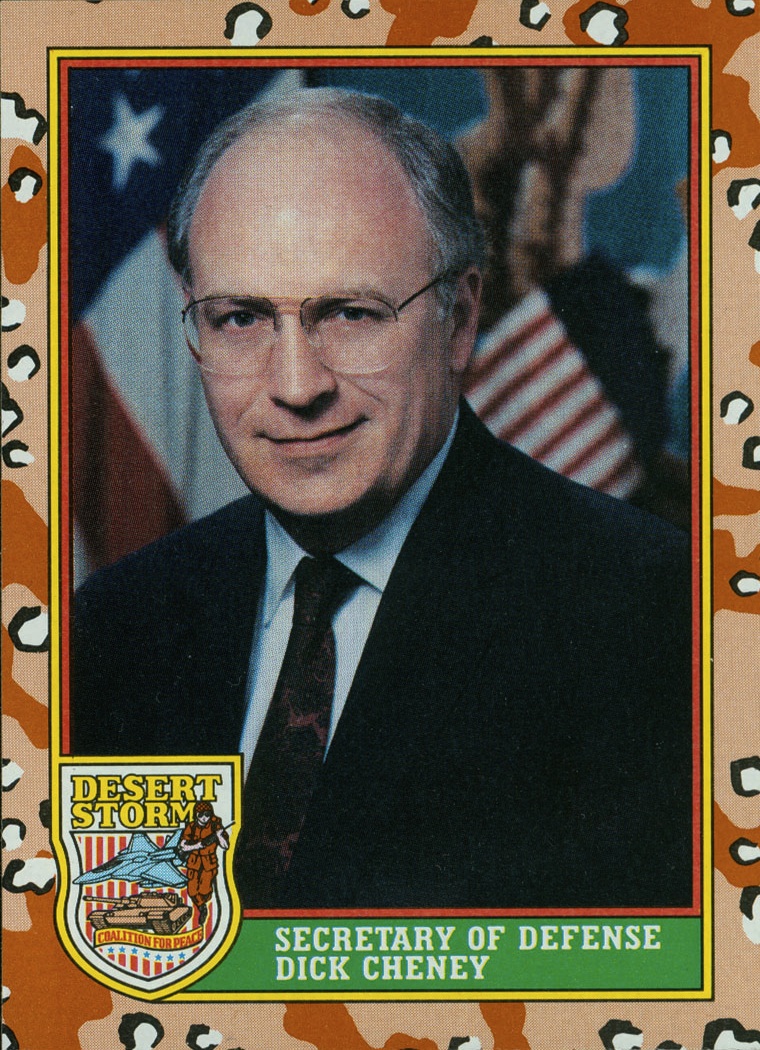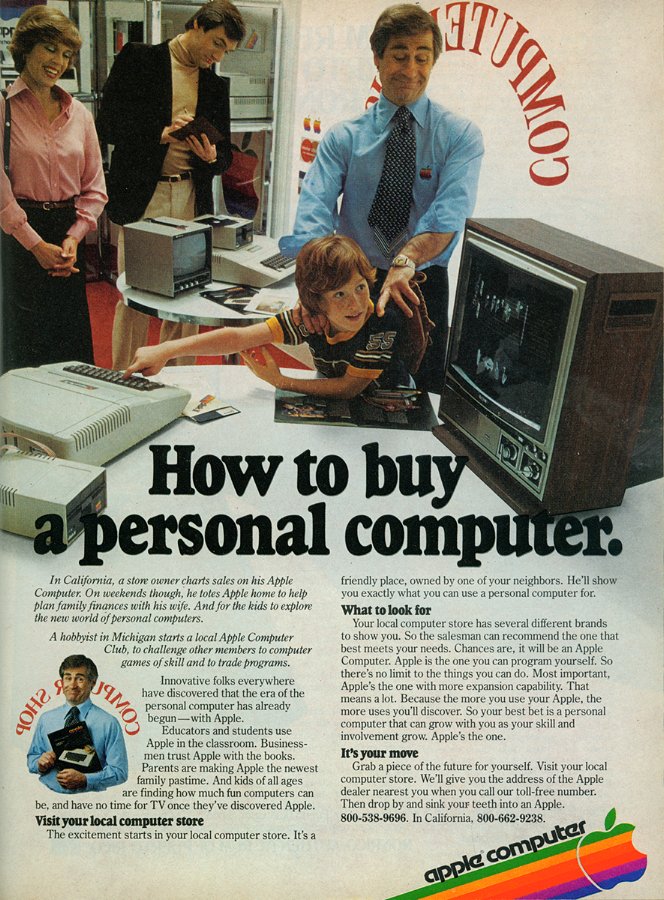Consumers identify with their products. Sigmund Freud and Marshall McLuhan both theorized about the role of technology as a prosthesis — as an extension of the body — but many consumers today take this a step further, and internalize the messages used to market the products they purchase.

Through marketing, technology is not externalized, but internalized, and incorporated into the psyche. As such, it is less obviously an intrusion into the lives of consumers. Coming from the inside, it is less liable to be viewed in any way as an obstacle, and is thereby rendered a more effective means of manipulation, insofar as its influence is more difficult to discern or resist.

When consumers talk about how they “need” different products, they mean different things by this. Many people are quite dependent on technology generally: most products most consumers buy are products of industry. Food is no exception, even if it is served up at a locally-owned restaurant: most food comes from industrial agriculture.
In many cases, however, once a product has “gotten inside” the consumer, the consumer develops a psychological dependence on a product. Although addiction is a common metaphor used to describe this relationship, familiarity is also comfort. For most of human history, very little ever changed. In this era of planned obsolescence and pop culture, the brand — and, identification with branding — offers a source of continuity.
Consumers frequently purchase particular products because some symbolic quality of the product’s marketing provides a sense of comfort. While a particular smoker may describe himself as “a Marlboro man,” people also identify as “a Coke drinker” or “a Pepsi drinker.” Coke and Pepsi are both cola drinks, sold in cans and bottles, sold at an identical price point: they compete based on symbolism, not by offering more product at a lower cost. Consumers internalize the symbolism of marketing, and are conditioned to accept material products as related to these symbols — even if the connection between the symbol and the product is quite tenuous.

To the extent that consumers accept as their own views various messages offered up by marketers, individuals become little more than purchasing patterns: collections of brand preferences and demographic data. Individuals are branded by marketing, as with a branding iron. The degree to which this understanding of the individual has become normalized in contemporary society is revealed by the phraseology of politicians in describing the population: politicians talk about consumers with far greater frequency than they talk about citizens.
The phenomenon of brand-identification has social consequences as well: the “Twitter revolution” has seamlessly spread to the American social realm. That #Occupy Wall Street incorporates into its name a convention specific to a particular commercial service quite easily goes unnoticed, and is therefore accepted without question or objection. The revolution is an advertisement.











